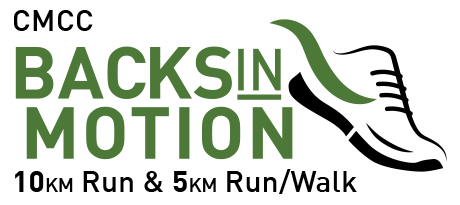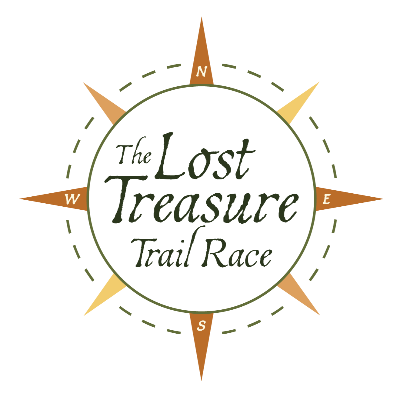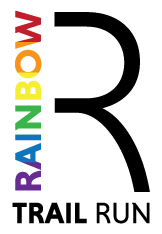10 Things I’ve learned about Cycling
Cycling. It seems pretty straightforward.
Get on bicycle. Pedal.
Much to my surprise, there is a whole lot more to it.
After a few seasons getting my cycling legs on, while training for triathlons, I was asked by a few friends who are just getting into triathlons for tips.
Here are 10 things I’ve learned:
1- You will probably fall. Chances are it will be your foot simply not unclipping as fast as you need it too (because you didn’t unclip soon enough), and you’ll tip over. It happens. Get over the fear that it might happen… It’s destiny.
2- Just like hill training in running… Hill training exists in cycling. Embrace the hills. You work your butt off going up the hill, but unlike running, you get a break coming down. Wheeeee!
3-A- Gears. They matter! Learn to use them. They will make your miles more efficient. And therefore, more enjoyable. While pushing on the “fast” gears, with a slow pedal rotation, may feel good, it actually requires more muscular endurance. Doing so in short bursts or to mix it up is fine. But over the long distances, slow rolling feet will take it’s toll on the legs.
3-B- Cadence (How fast or slow you spin your feet). It matters! And cadence goes hand-in-hand with gears. Point to consider: When going up an slight incline, if you go to a lighter gear and spin your feet faster (increase your cadence), you will maintain the same speed. But it will reduce the amount of muscular strain and will allow you to ride longer.
– Putting it all together (hills, gears, cadence). What I have found works for me (as an amateur with no official coaching…) when training in a hilly area: I cruise down one hill and just before I get to the bottom, I start to push in a heavier gear. I use the momentum I have already built on the descent to try to get me 1/3 to 1/2 of the way up the next hill. BUT! At the first moment I feel I am just starting to slow down and it is starting to get harder to push, I quickly drop down 3 or 4 gears (or more) and get my feet spinning quick. If you wait too long before gearing down, YOU WILL LOSE ALL MOMENTUM AND WILL GET STUCK. It is better to gear down 3 seconds early and maintain any momentum you have, than 3 seconds too late and end up grinding something. It takes a little practice to learn when the “moment” is, but once you figure it out, it seems to work.
4- Standing while pedaling has multiple benefits. While climbing, it lets gravity and your body weight do much of the work on the pedals, which reduces the strain on your leg muscles. If on the flats (for just a few pushes), it get you out of the saddle so you can change positions and stretch out.
5- Get used to using the drops (those lower handle bars) or aerobars. They tend to be twitchier than riding on the hoods, but as with standing, they change your riding position, which can be a simple, nice change. But more importantly, using them also lowers your shoulders and get you into a more aerodynamic position. It changes your body from being a parachute and catching all the wind, into a sleek rocket.
6- Drafting. It is a smooth way to save energy on long days out on the road. But it can also be dangerous as the rider in front does block much of your view. It is definitely worth reading up on in more detail. There is also general etiquette surrounding it. With people you know, it’s a great way of sharing the load of cutting the headwind. (Drafting can conserve 30% of your energy for when you need it.)
7- Chaffing… And chaffing cream… Look it up. It happens.
8- Any ride is a good ride. There will be rides that you come home feeling defeated. But in reality, it shows you your next challenge. Take them in stride. It could be hills, or you got a flat, or your saddle wouldn’t stay in the right position, or you got lost… (I could go on and on)… it is all part of the experience. Just remember, any and every experience ultimately makes you a better cyclist.
9- Your chariot is yours. It is not the responsibility of your partner (cycling partner or partner-in-life) to ensure your tires are pumped, water bottles filled, chain lubed, flat repairs… While any rider I have every met was willing to help and teach me something. There is an unspoken understanding that the lesson and help will be offered once; To teach you how to do it. After that, you are expected to do it yourself.
Note: The above point refers to the basic daily/weekly bicycle maintenance, it is on the same level as getting gas for your car or filling up the windshield washer fluid. Mechanical fixes such as gear/derailleur adjustments or brake adjustments are in a different category. While you can learn how to do these things as well with a little practice, help from a friend or your local bicycle shop is definitely acceptable.
10- Whatever drives you to get on your bike is all the reason you need. I love the look and feel of my bike. But whether it is the colour of your cycling socks, a training goal or for health reasons, it doesn’t matter. It doesn’t matter if you have the coolest colours, or are the slowest rider in the group. You are out. And you are a cyclist. Embrace it.
An extra point:
11- You can spend thousand of dollars on equipment (10’s of thousands if you want)… the bike, shoes and pedals, helmet, GPS watch and sensors, your kit (shirt/shorts/socks), the saddle, etc… etc… And you might over time. But do it over time. You don’t need to get everything for your first ride. No two pieces of equipment are the same and you will learn what works or doesn’t work for you over time. For example, cycling shorts. They are all different. (Yes, there is a difference between a $40 pair and a $140 pair of shorts…) But when starting off, use your judgement.
You need a bike, a helmet, a water bottle and a bell. The rest comes with time.
See you on the road!
-Patrick



















